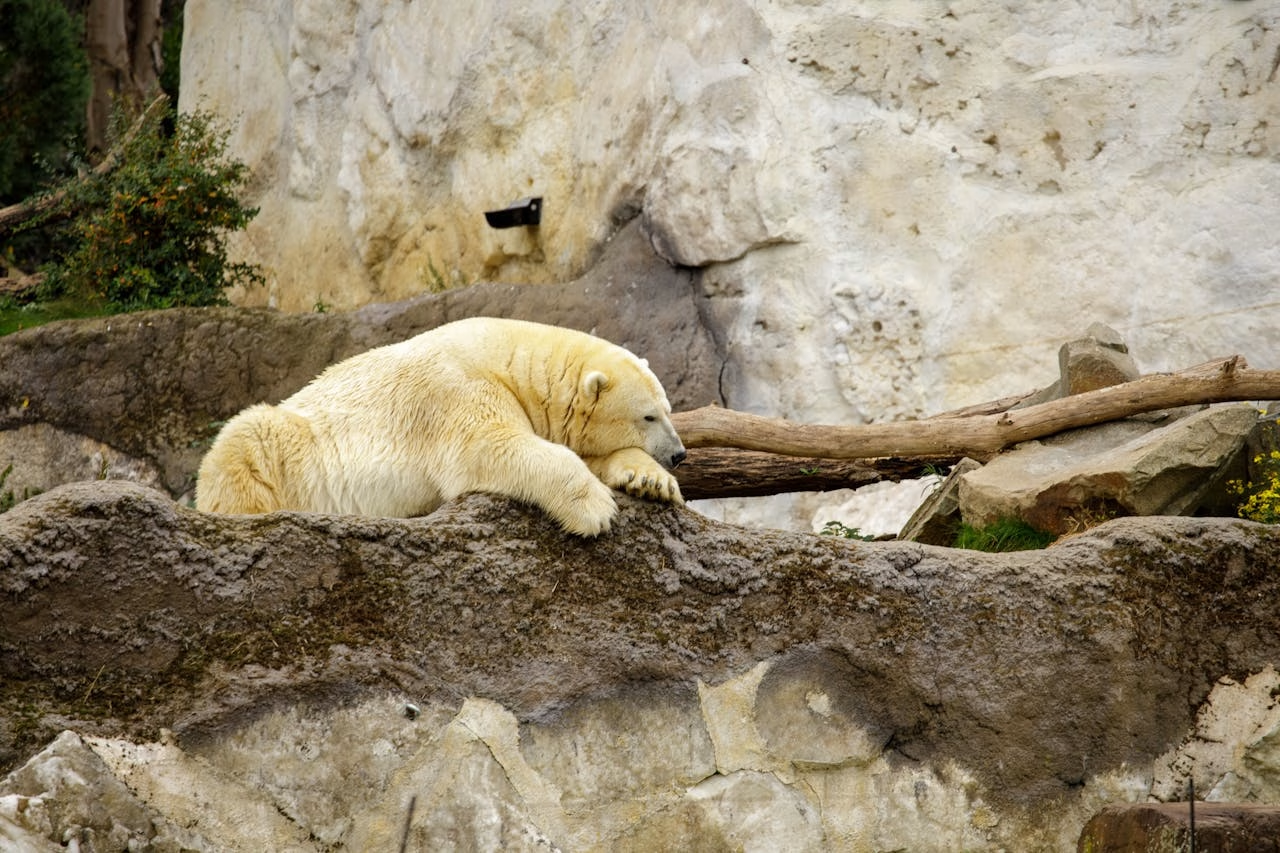In the heart of Mendoza, Argentina, a polar bear named Arturo lived a life far removed from his Arctic kin. Born around 1985 in Alaska and brought to the Mendoza Zoological Park in 1993, he came to embody the darkest complexities of captivity.
A Life Out of Place
Arturo arrived as a young bear, foreign to the hot, dry Argentinian climate that awaited him. He shared his enclosure with Pelusa, a female polar bear until her death from cancer in 2012. After that, Arturo lived alone. Over the following years, temperatures in his habitat often soared past 40 °C, a lethal irony for an animal built for ice. He swam in a pool only 51 cm deep, a pale reflection of the frozen seas his species once ruled.
Despite a global campaign under the hashtag #FreeArturo that gathered hundreds of thousands of signatures to relocate him to a cooler facility in Canada, bureaucratic and logistical barriers halted his rescue.
On July 3, 2016, at nearly 31 years old, well past the average lifespan for polar bears, Arturo died. While age was cited, the context of his captivity and environment looms large. (CBS8)
What Arturo’s Story Teaches Us
Arturo’s fate is not just a single bear’s tragedy; it’s a mirror that reflects our relationship with wild animals in captivity. He lived far from his natural home, alone after the loss of his companion, in conditions that ill-fitted his needs.
For pet owners, zoo visitors, and animal lovers alike, the lesson is two-fold: first, the wild doesn’t translate easily into human structures; second, when we bring wild senses into captive settings, we owe more than just shelter, we owe suitability.
His heat-ridden isolation stands in sharp contrast to the ice floes where polar bears evolved for millions of years. The mismatch between species’ needs and environment raises serious welfare questions. Beyond that, Arturo reminds us that captivity is not always caring, it can be confinement.
The Wild Roots We Displace
At Pawlore, we celebrate the wild roots of animals, the instincts, habitats, and stories that connect pets and wildlife alike. Arturo reminds us that every creature carries the imprint of its origins. When we remove them from that origin without considering the full cost, we risk inflicting silent suffering.
Whether for a pet parrot in your living room or a polar bear in a zoo, the principle remains: habitat matters, companionship matters, and climate (literal and figurative) matters. Arturo’s story asks us to ask better questions: Are we giving animals what they need, or just what we can provide? Are we respecting their wild roots, or merely placing them where it’s convenient for us?
In the end, Arturo’s legacy is more than sadness. It’s a wake-up call for our collective responsibility. For the well-being of all creatures, big and small, wild and tamed, we must strive not just to keep them alive, but to let them live well.
Related articles:


